By: Sean Struckmeyer | Tech Inspect Home Services LLC
Introduction:
In this article, Learn how our certified inspector uses a combination of drones and ladders to access and view all parts of a roof during a roof inspection, what we look for, how we report it, and why a detailed inspection matters.
In Missouri, roof inspections aren’t just quick peeks from the street, they’re thorough, evaluations using ladders and drones to protect your home’s most vulnerable surface. As part of our Home Inspector training, we’ve been fully trained on inspecting roofs with specific and detailed training. We are also a certified drone pilot and FAA certified and have invested in quality tools to support our inspections.
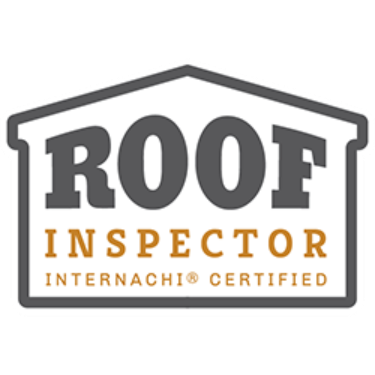
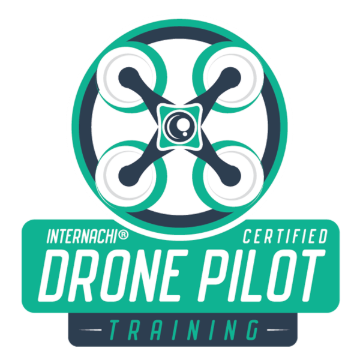
II. The Inspection Process
Step-by-Step Roof Inspection Overview
Ground-Level Assessment
Our roof inspections start from the ground. We take a wholistic view of the home, a quick walk around to orient us to any obstacles, the overall layout of the roof structure and note any issues that we need to take a closer look at. A missing shingle will be pretty apparent. So, we first get oriented to the structure we’re inspecting.
Ladder Setup & Safety Procedures
First, we must assess whether we can safely access the roof via ladder. Inspector safety is our number one priority. Climbing roofs is very dangerous and creates significant risk for the inspector.
If at any time the inspector deems it’s unsafe to climb onto the roof or climb the ladder, we will NOT require the inspector to climb the ladder. Every situation and scenario is unique and must be assessed at the time of the inspection. So what happens if we don’t climb the roof? Not to worry, we have a drone for that! If we can’t fly the drone due to weather conditions, we’ll just have to reschedule.
Once we have a plan of action, we’ll begin inspecting the roof, top to bottom, side to side.
Drone Roof Inspection
We use a drone to augment and support our roof inspections. This enables us to get a good look at all parts of a roof and from multiple angles. We can also slowly scan the roof, square by square, looking for damage. No part of the roof can stay hidden from our eye in the sky. We can also use it to look at flashing, soffits, gutters and roof penetrations too. In fact, the camera on our drone can pivot up and down, so we can fly the drone slightly below a part of the roof, look up and zoom in taking pictures and videos for our report and giving us a clear picture of the actual condition. Or we can use it to look straight down inside a drain waste vent to ensure the top isn’t clogged. (See the second picture)
This picture of the underneath side of a 2nd story gutter was taken with the drone so the gutter connection could be assessed.
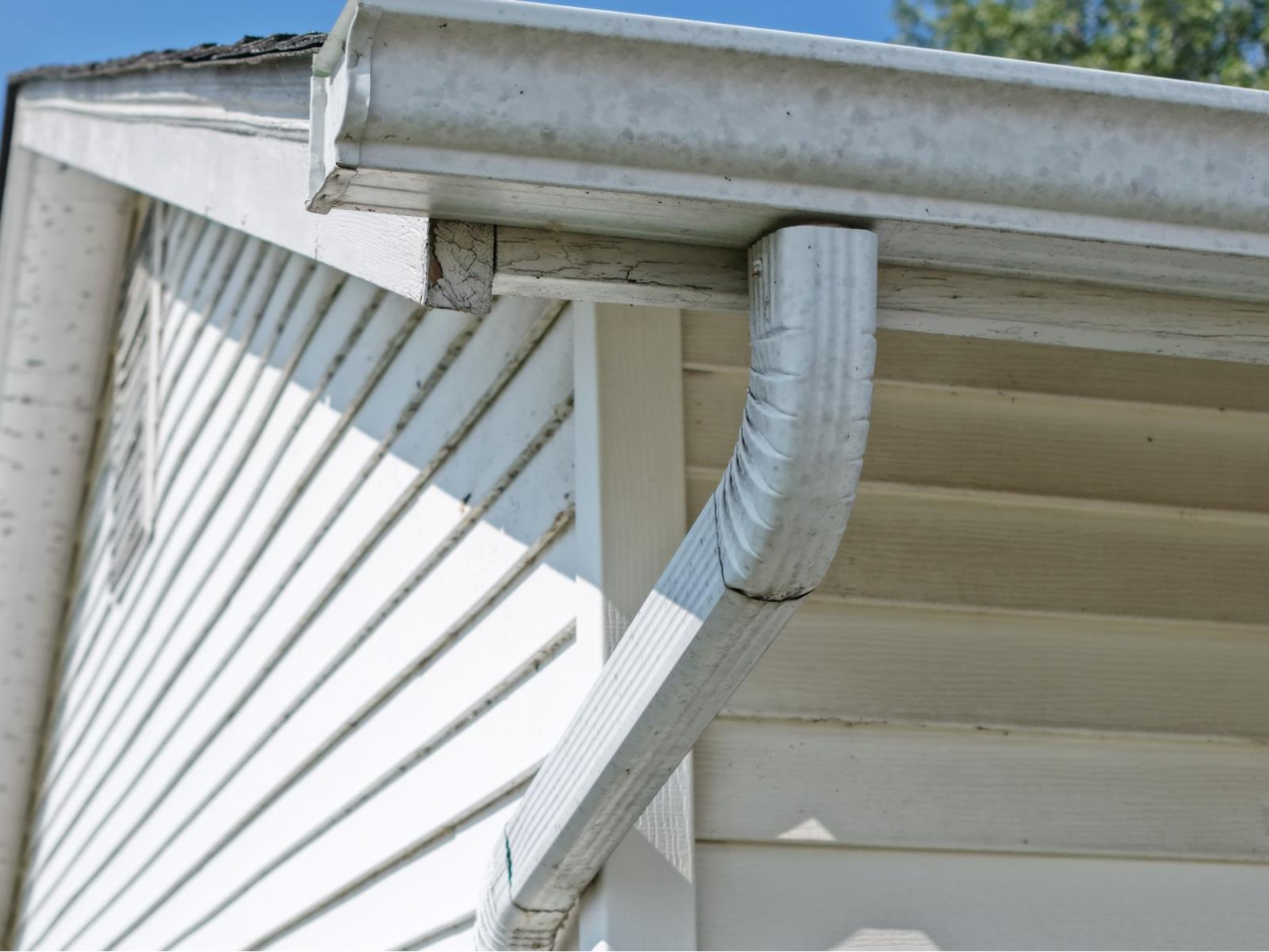
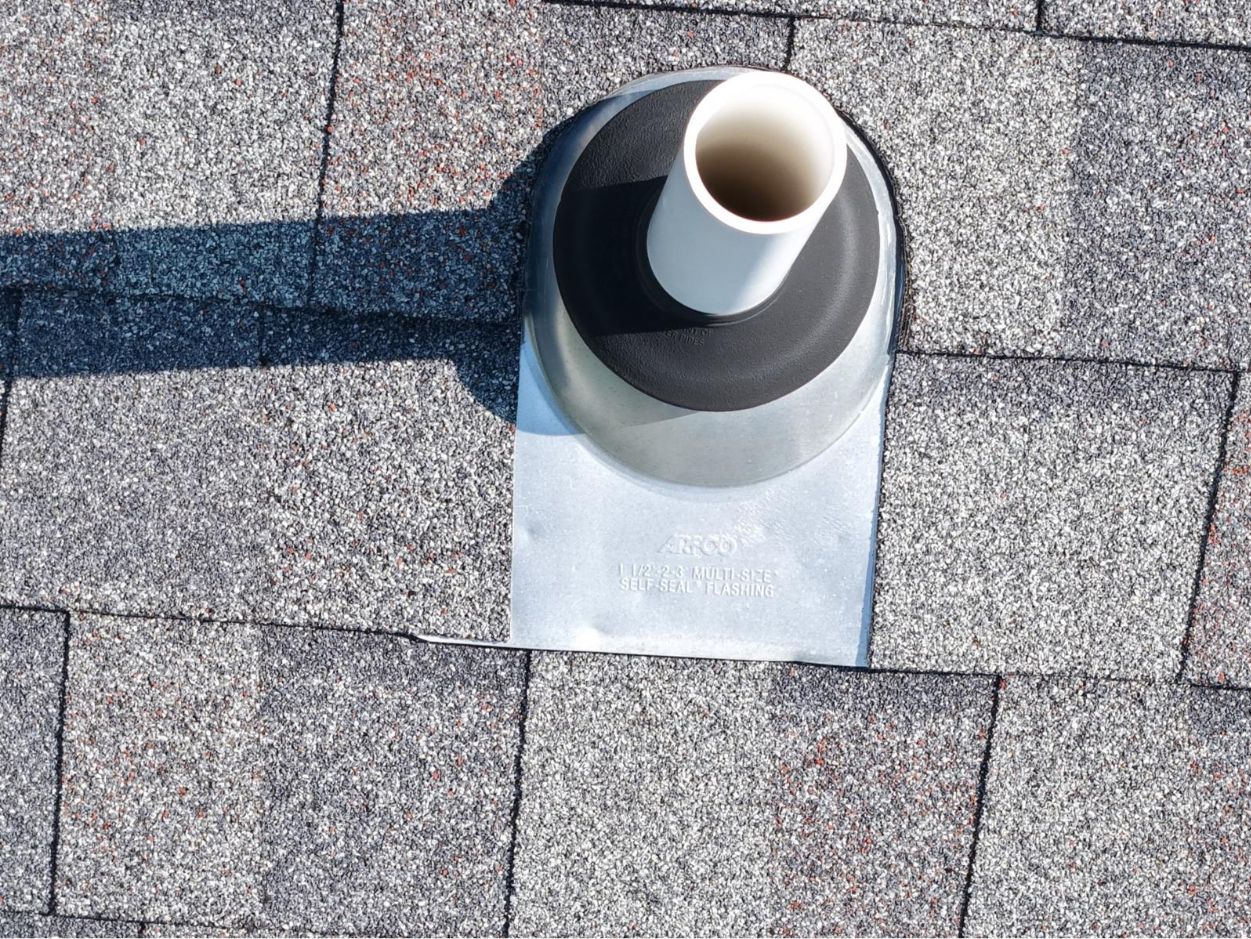
III. What Inspectors Look For
So what do we inspect during a roof Inspection?
We inspect the roof covering (a.k.a Shingles), the Eaves, Rakes, Soffit, Fascia and Gutters and all flashing we can see. If that seems like a lot? It is, but it’s all important and it’s all part of the overall roof system, so we take the time to inspect all aspects of the roof’s systems and it’s various components.
What are Some Examples of Defects and Issues your looking for on the roof?
- Roof Covering Issues: missing/cracked shingles, hail damage, moss buildup, algae, pooling water, damaged shingles.
- Why are missing or cracked roof shingles a problem? Missing or cracked shingles create a gap in the roofs barrier and diminishes the roof’s ability to shed water. It also creates a path for water to enter the home’s structure which can lead to damage and mold.
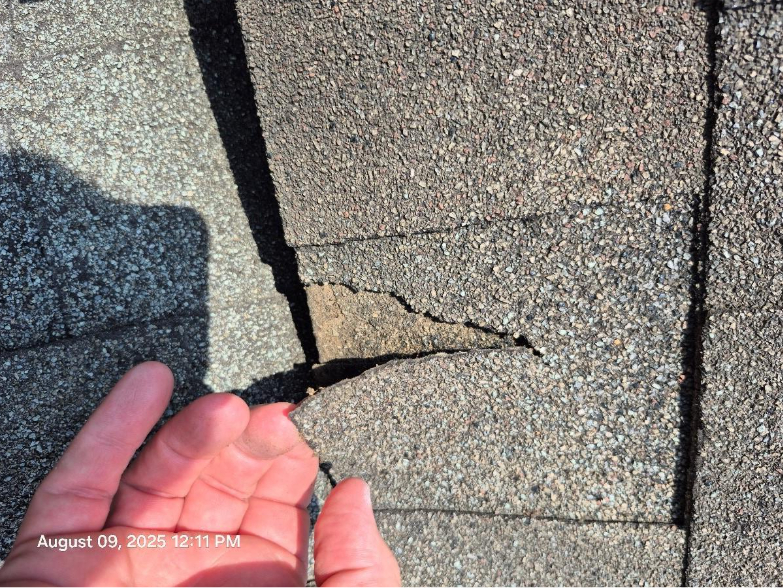
- Flashing Failures: rust, gaps, poor seal around chimneys and vents.
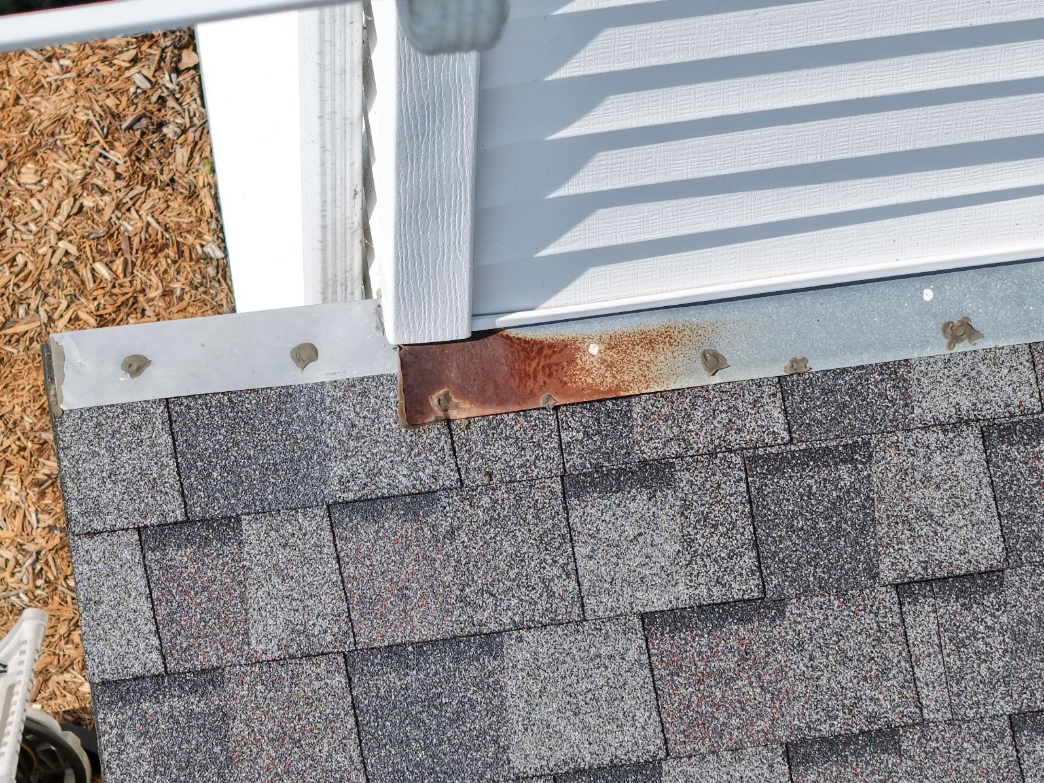
- Missing Flashing: was flashing installed where it’s expected to be installed? Example: Drip Edge Flashing and Kickout Flashing are often missing.
- Why is flashing important? Flashing, which is usually made of metal like aluminum, provides a solid barrier to help prevent water leaks and help direct water away from a home’s structure. Without it, leaks can occur leading to water damage related issues.
Missing Kickout Flashing at the roof / wall intersection. Good news is there was step flashing installed, but one piece is missing.
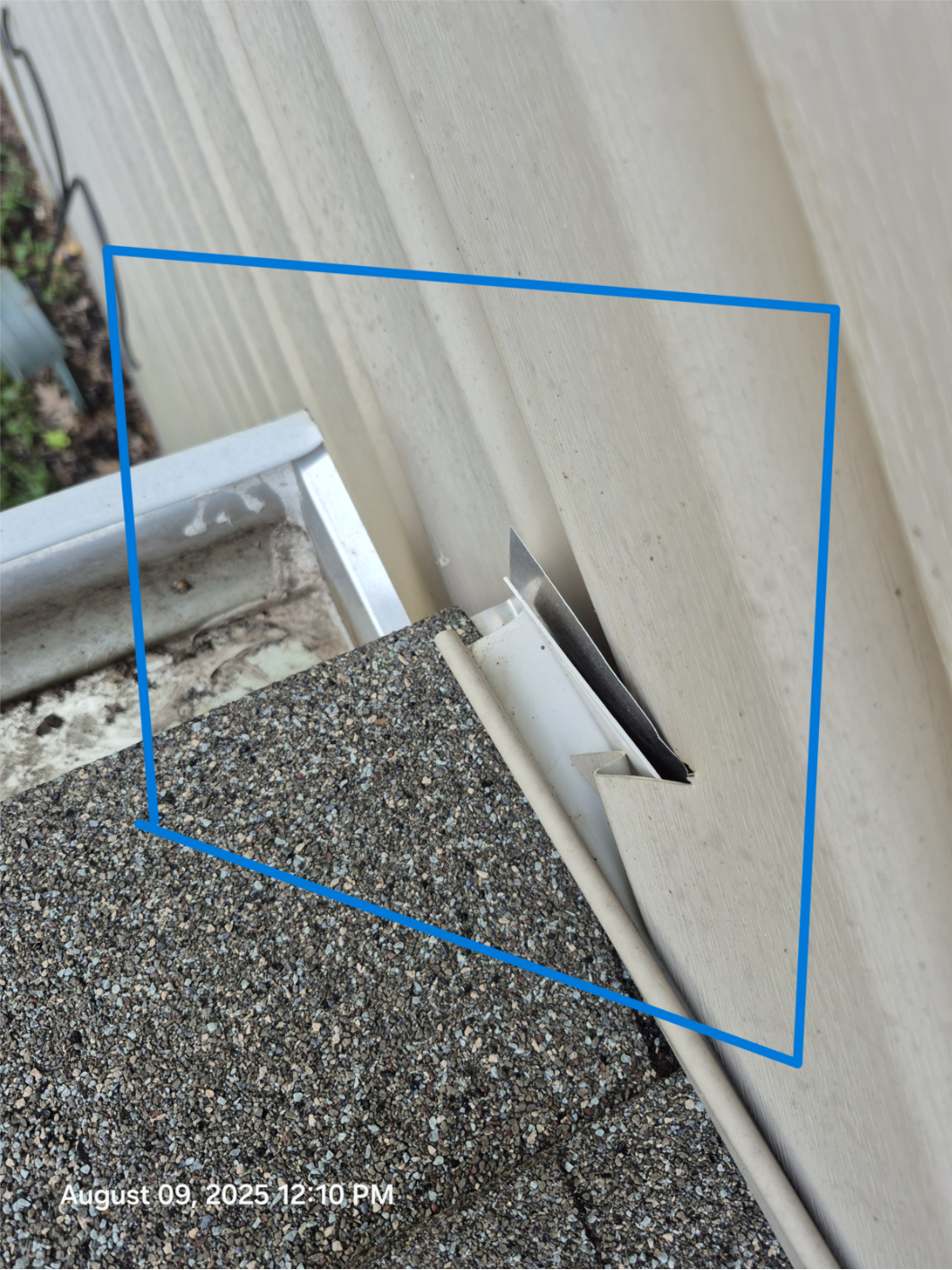
Missing Drip Edge Flashing, which has led to a deteriorated fascia board.
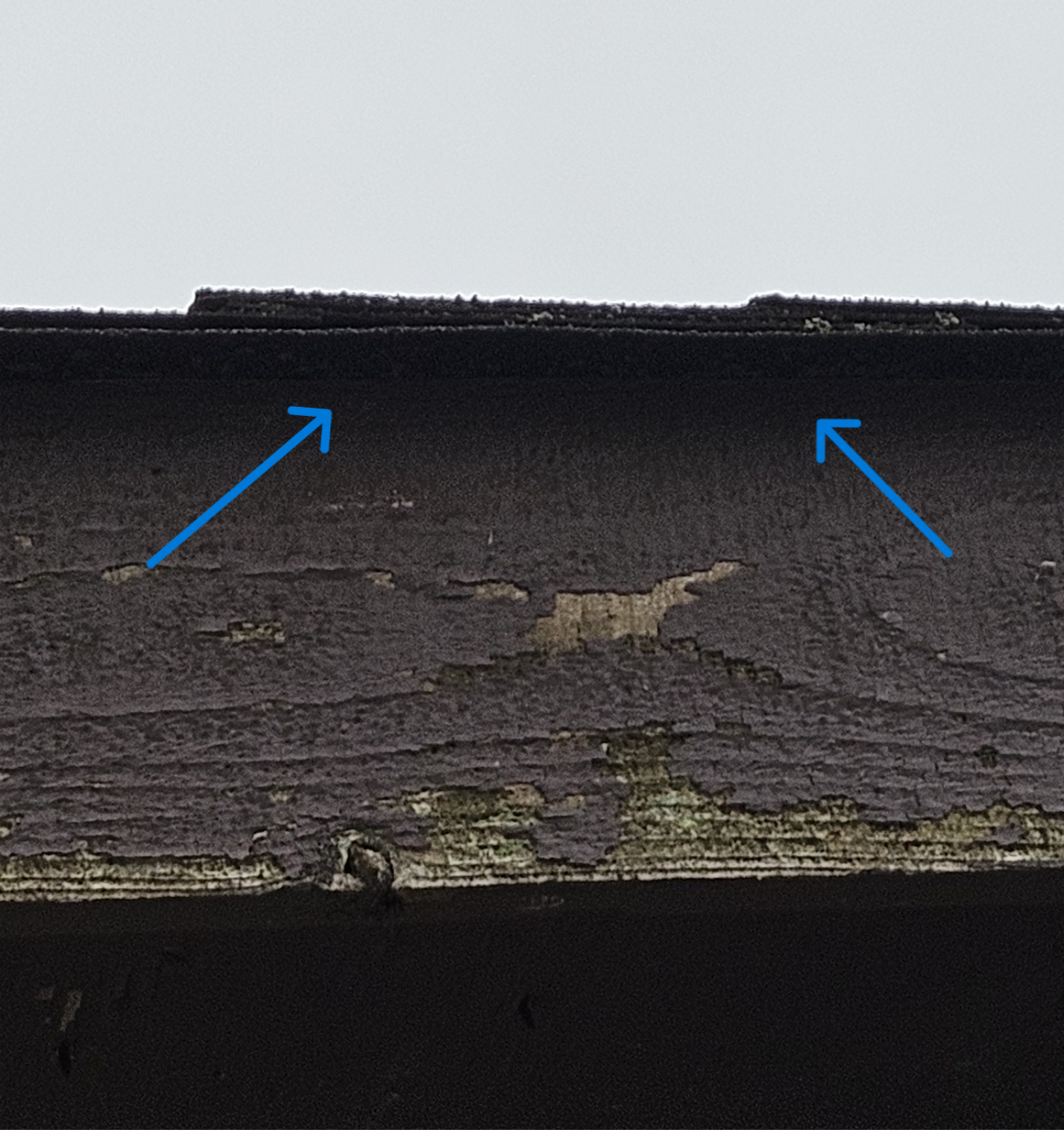
- Missing or Damaged Caulk: nails, roof penetrations should all be properly caulked and sealed to prevent water from infiltrating the attic.
- Why is missing caulk on nails important? The nails penetrate through the shingle, into the roof sheathing or a rafter. If the nails in the roof are not properly caulked and sealed then over time, water can follow the shank of the nail down into the roof structure and cause issues.
Example of Properly Caulked Nails – This is What we Want to See!
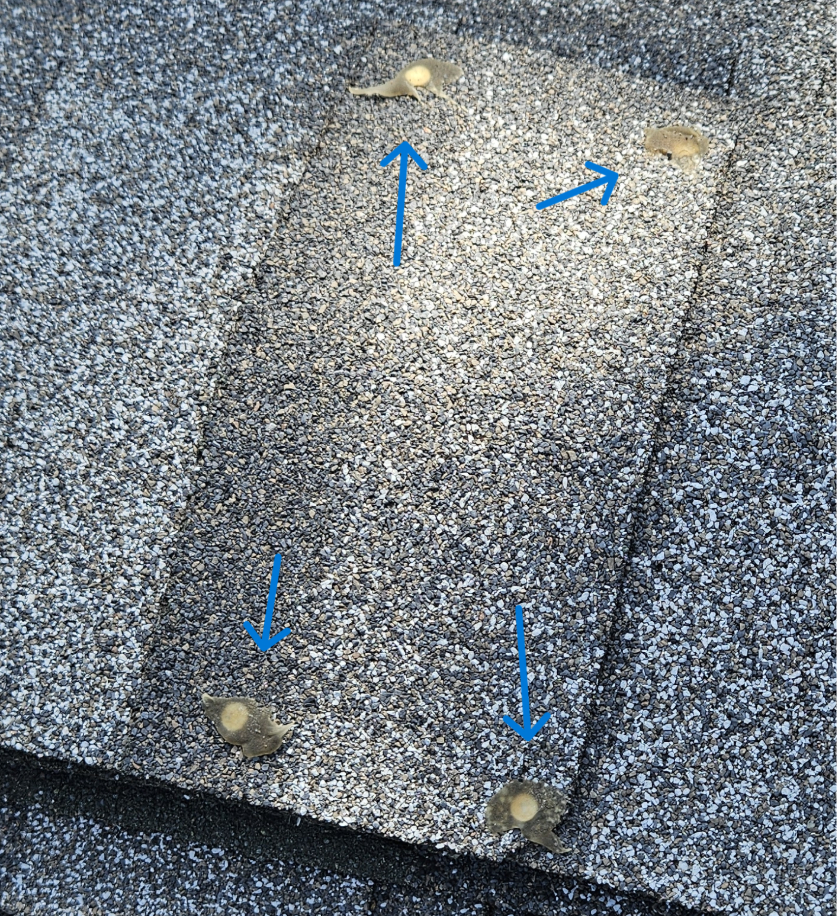
Exposed Nails on a brand new roof. This is NOT what we want to see.
- All nails need to be caulked to prevent water from following the nail down into the roof structure causing issues over time.
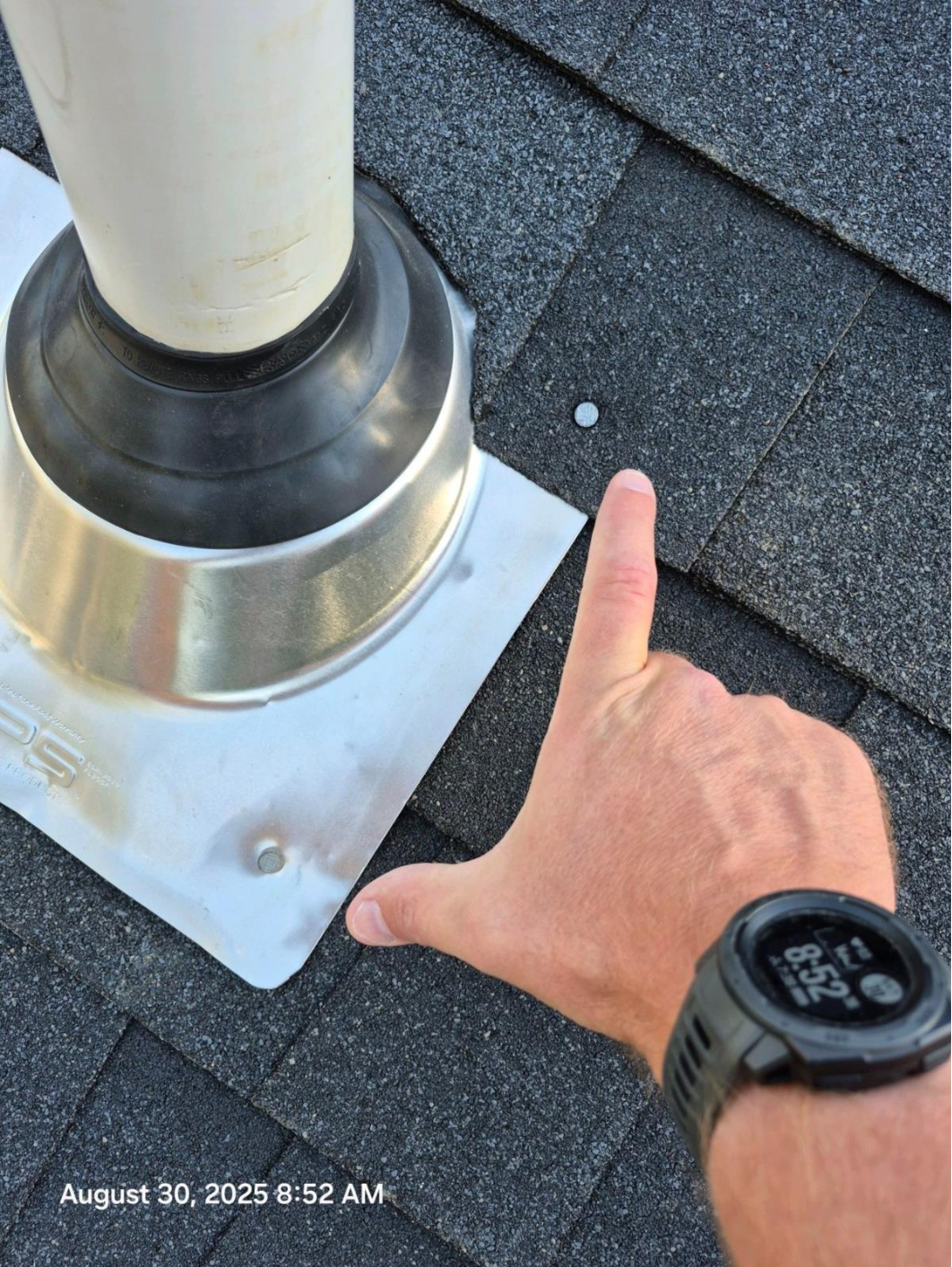
- Structural Concerns: sagging, uneven planes, fascia or soffit decay.
- Debris & Drainage: clogged gutters, overhanging tree branches, misdirected water flow, trees too close to the roof.
- Why is gutter maintenance important? Keeping gutters clean and free of debris is important, so that the gutters can do their job in managing water and helping to transport it away from home. With no gutters, the water will run off the roof directly onto the ground, near the foundation. Overtime, this can lead to settling and foundation issues.
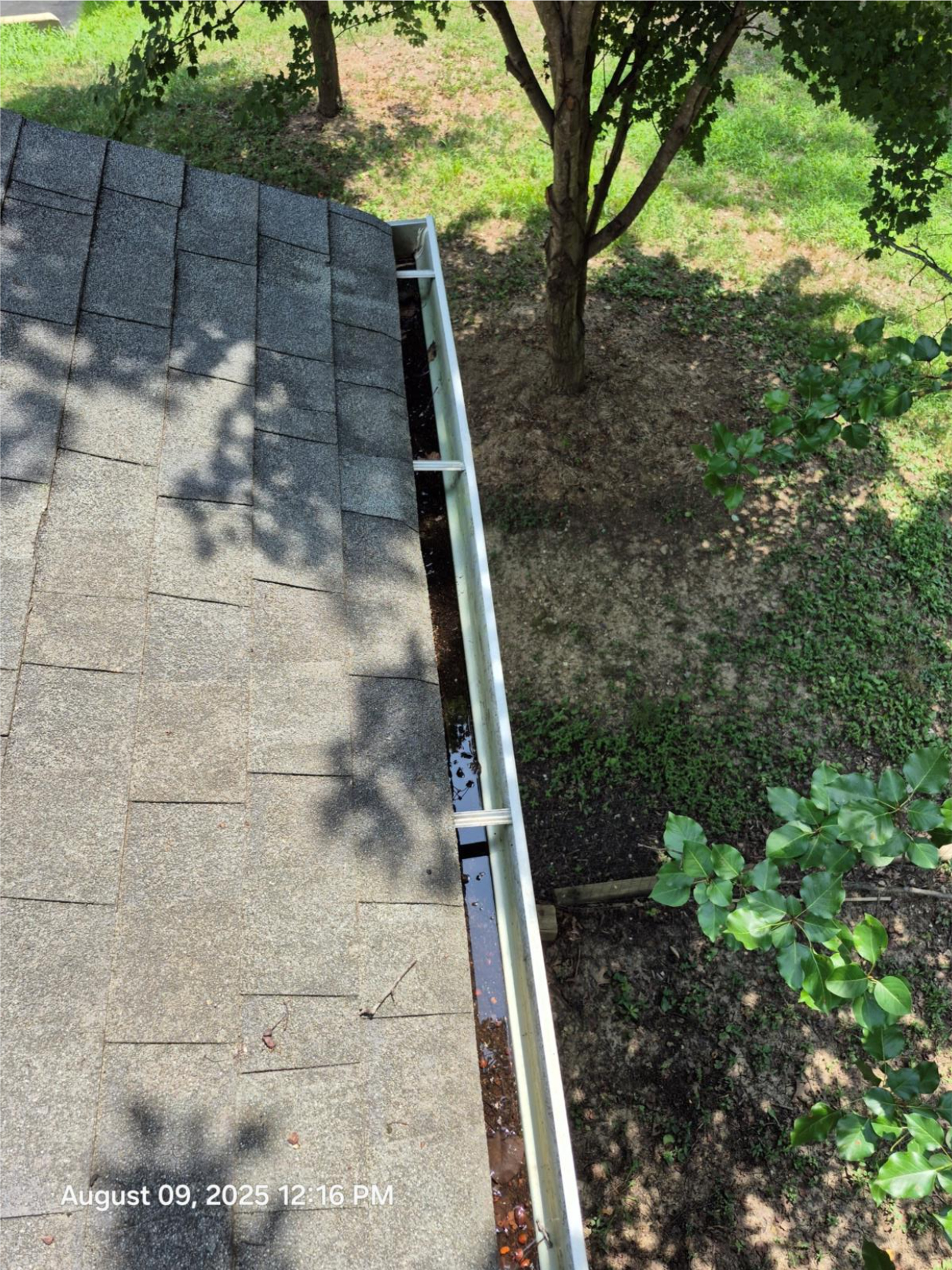
IV. The Inspection Report
What Your Report Should Include?
Tech Inspect Home Services Roof Inspections provides two reports as part of the service.
- The first report is a detailed report that documents the overall condition of the roof. Tech Inspect Roof Inspection Reports are created in real-time using Spectora Reporting Software.
- The report features pictures, videos, categorization of the issues (maintenance, defect, major concern) as well as implications and recommendations.
- The Second Report is provided as courtesy. We use our drone to take an overhead picture of the home and then use Software to measure the overall structure of the roof. This gives an overall square footage and linear measurements of the roof line.
- This second report is provided as a courtesy to the homeowner to give them another source to check future quotes and estimates against to ensure that the roof measurements are close to each other.
- A quality roof inspection report will provide clear documentation of the condition of the roof and any defects along with an explanation of WHY it’s an issue and what the possible solutions are for it.
V. Recommendations & Next Steps
Recommendations
- Act Now: Replace or repair critical flashing, fix missing shingles. Preserving a roof’s ability to shed and manage water should be a top priority of any homeowner. If at any time the roof is damaged, the damage should be repaired immediately, even if it’s a temporary fix before a fuller repair and be applied. The goal is to keep water OUT of the house.
- Monitor/Maintain: Clean moss, trim branches, keep gutters clear of debris. Check your roof every spring and fall to ensure it’s in good condition for inclement weather seasons.
- Get Further Evaluation: If you think you might have an issue or damage, have your roof inspected. Even if there’s no damage found, you’ll have a documented point in time of the roof’s condition in the event you have storm damage later, you can use the report to support your insurance claims as to WHEN then damage occurred.
- Safety Advice: If you aren’t comfortable climbing a roof, we recommend hiring a professional to do a thorough inspection.
VI. FAQ Section
Frequently Asked Questions
- How often should I schedule a roof inspection? Annually to monitor the overall condition of a roof, especially the roof penetrations and caulked or sealed spots. You should also have it inspected after severe weather or before filing an insurance claim. We can help determine if there is damage to the roof or not.
- Is walking on the roof always safe? No, when roofs are wet, they become slick and hard to get traction. Also, steep roofs are not safe to walk on without proper training and safety equipment.
- What does a roof inspection cost? Prices vary by region, we recommend reviewing our Roof Inspection Service for details and compare against our competitors.
- Can I inspect my roof safely myself? Yes, if it’s safe to walk on and you are comfortable climbing a roof. Ladder safety is paramount. If, in doubt, call a professional, we’re happy to help and provide our services.
- What does a Roof Inspection Report look like? You can see a sample roof inspection report on our sample report page.
- Can you use your drone for roof inspections in Chesterfield, Mo? Yes, we will comply with all FAA regulations and ensure we operate it safely under the guidelines of the Remote Pilot License.
- How Fast do I get the report? Roof inspection reports are delivered within 24 hours. While the 1st report that details the roof’s condition can be delivered almost immediately, it takes a little extra work and time to create the measurement report. But we’ll still deliver it fast!
Book Your Roof Inspection Today
Now Providing Roof Inspections for All of St. Charles County, Warren, Lincoln, Franklin and Chesterfield, Wildwood, Ellisville and Manchester.
